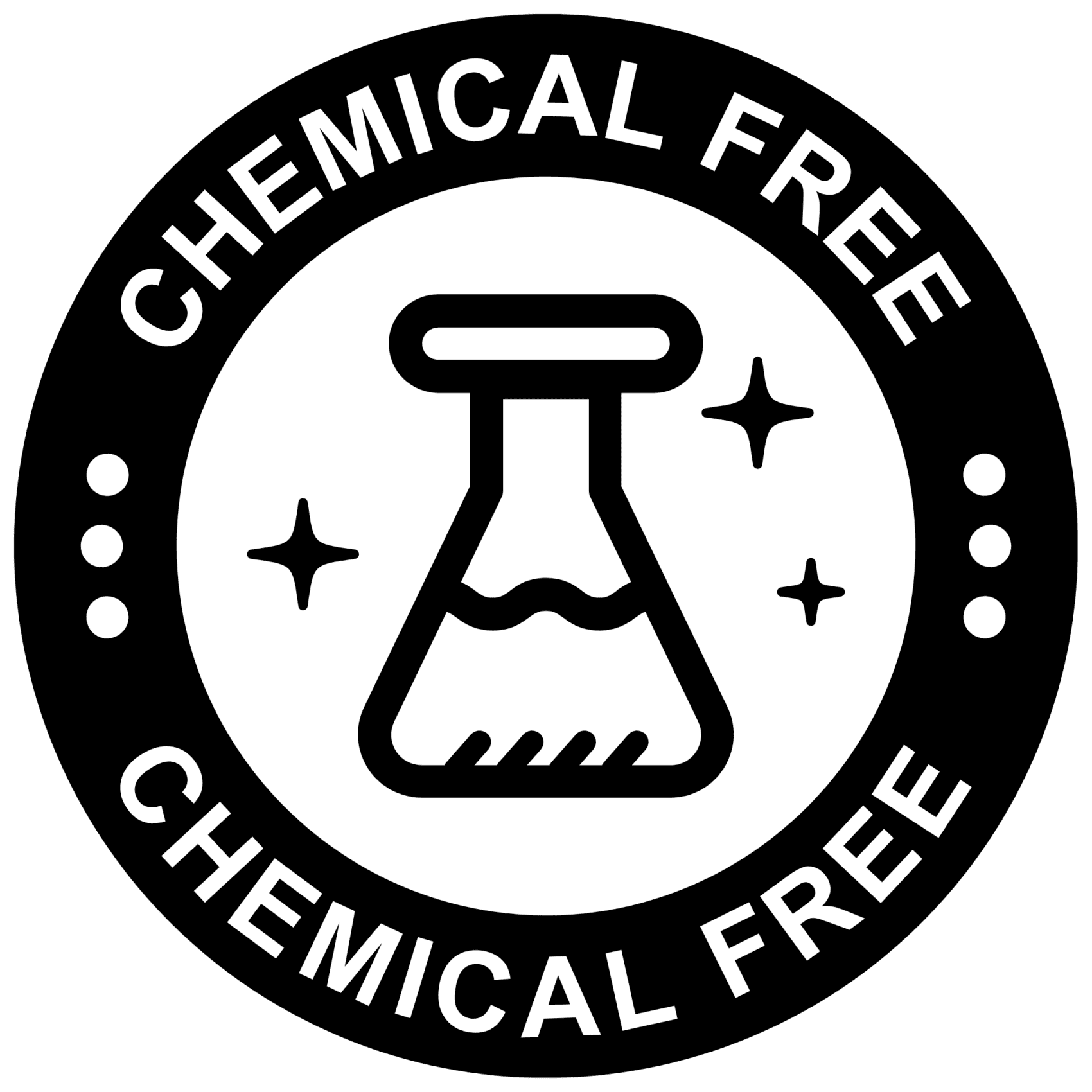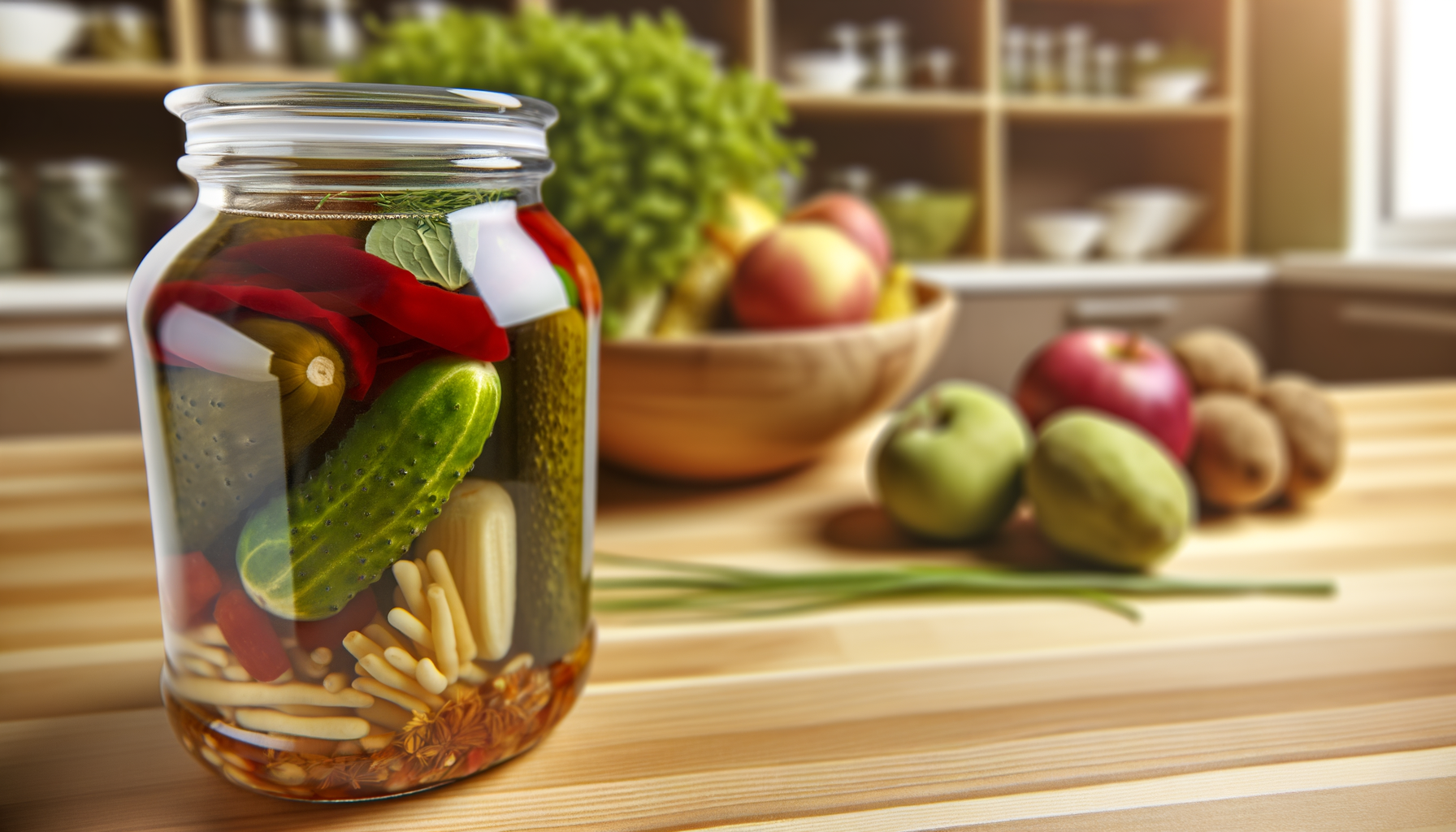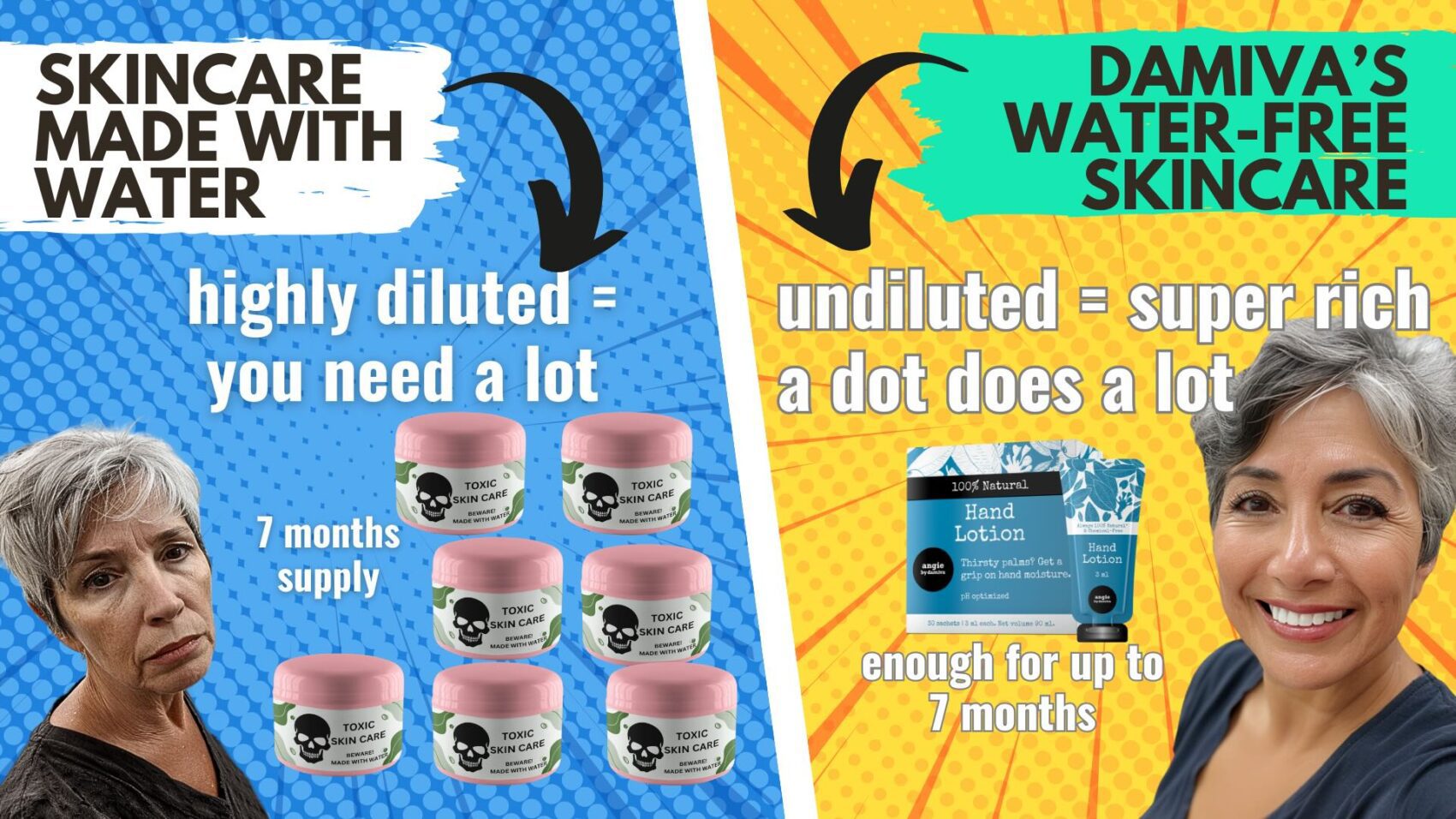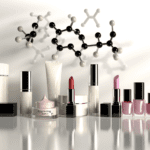Introduction
Overview of Food Preservatives
Food preservatives have been an integral part of the food industry, playing a crucial role in maintaining food quality, ensuring safety, and extending shelf life. These substances, which can be natural or synthetic, are added to food products to prevent spoilage from factors such as microbial growth, oxidation, and enzymatic activity. While preservatives have helped in reducing food waste and preventing foodborne illnesses, there is growing scrutiny over their potential health impacts, leading consumers to be more cautious about the ingredients in their food.
What is Butylated Hydroxyanisole (BHA)?
Butylated Hydroxyanisole, commonly known as BHA, is a synthetic antioxidant that falls into the category of synthetic phenolic antioxidants (SPAs). It is widely used as a preservative in a variety of products, including food, cosmetics, pharmaceuticals, and packaging materials. BHA’s primary function is to prevent the oxidation of fats and oils, thus preserving color, flavor, and overall product integrity. Despite its effectiveness in preservation, BHA has been detected in natural waters and has raised concerns regarding its environmental and health implications.
Purpose of the Article
The purpose of this article is to delve into the role of BHA in food preservation, its benefits, and the associated health concerns that have emerged from scientific studies. We aim to provide a comprehensive understanding of BHA’s impact on human health and the environment, scrutinize its regulatory status, and explore the potential for natural and safer alternatives. Through this article, we seek to empower consumers with knowledge about BHA, enabling them to make informed decisions about the products they choose and the impact of those choices on their health and well-being.

Doubting chemicals in skincare and femcare? Well done! Choose chemical-free products whenever possible.
The Role of BHA in Food Preservation
How BHA Works
Butylated Hydroxyanisole (BHA) is a synthetic antioxidant that plays a crucial role in the preservation of food by protecting against the oxidative deterioration of fats and oils. Oxidation, a chemical reaction that occurs when fats are exposed to air, can lead to rancidity, off-flavors, and the formation of potentially toxic compounds. BHA functions by “scavenging free radicals,” which are reactive oxygen molecules that would otherwise initiate the breakdown of food molecules. By doing so, BHA effectively extends the shelf life and maintains the quality of food products.
Common Foods Containing BHA
BHA is commonly found in a wide array of food products that contain fats and oils. These include:
- Potato chips
- Lard and butter
- Breakfast cereals
- Instant mashed potatoes
- Preserved meats such as sausages and deli meats
- Beer
- Baked goods like pastries and cookies
- Dry beverage and dessert mixes
- Chewing gum
Additionally, BHA is also utilized in non-food products such as rubber, petroleum products, and wax food packaging, highlighting its versatility as a preservative.
Benefits of BHA for Shelf Life
The primary benefit of BHA in food preservation is its ability to significantly extend the shelf life of food products. By preventing the oxidative rancidity of fats and oils, BHA maintains the taste, aroma, and overall quality of foods for longer periods. This not only enhances consumer satisfaction but also reduces food waste, contributing to more sustainable consumption patterns. Furthermore, BHA is preferred by the food industry for its stability at high temperatures, which is particularly important during the processing and storage of food products.
While BHA is effective in small quantities and has been deemed “generally recognized as safe” (GRAS) by the FDA, it is not without controversy. Its use continues to be debated due to potential health concerns, which will be explored in further sections of this article. Nevertheless, the role of BHA in food preservation is undeniable, offering a practical solution to prolonging the freshness and edibility of many food items that line supermarket shelves.

Popular Read: Endocrine Disruptors in Skincare: What You Need to Know
Health Concerns Associated with BHA
Potential Endocrine Disruption
Butylated hydroxyanisole (BHA) has been identified as a potential endocrine disruptor. Endocrine disruptors are chemicals that can interfere with the body’s hormonal system, potentially leading to adverse developmental, reproductive, neurological, and immune effects. BHA’s ability to mimic or block hormones could lead to significant health implications, particularly in vulnerable populations such as pregnant women and children. Studies have suggested that BHA may exert estrogenic or antiestrogenic activities, which could disrupt the delicate balance of hormones in the body.
Links to Cancer
The relationship between BHA and cancer has been a subject of debate and research. Some animal studies have indicated that high doses of BHA can lead to the formation of certain types of cancer, particularly in the forestomach of rodents—a part of the digestive system that humans do not possess. However, these findings have raised concerns about the potential carcinogenic effects of BHA in humans, especially given that the compound is widely present in the food supply. The National Institutes of Health has classified BHA as “reasonably anticipated to be a human carcinogen,” although the evidence from human studies remains inconclusive.
Impact on Aging and Hormonal Health
BHA’s potential to disrupt hormonal balance may also have implications for aging and hormonal health. Hormones play a critical role in regulating various physiological processes, and any disruption to their normal function can have widespread effects. For instance, BHA’s estrogenic or antiestrogenic activities could influence the aging process and affect the health of reproductive organs. Additionally, BHA has been linked to adverse effects on developmental and reproductive systems in toxicological studies, further highlighting the need for caution.
Regulatory Status and Scientific Studies
The regulatory status of BHA varies globally, with some countries imposing stricter limits on its use in food products. In the United States, the Food and Drug Administration (FDA) considers BHA to be “generally recognized as safe” (GRAS) for use as a food preservative in certain amounts. However, the classification of BHA as a potential carcinogen by other health agencies has led to calls for more stringent regulation and further scientific investigation. Ongoing research aims to better understand the long-term health effects of BHA exposure and to evaluate the safety of its use in consumer products.
Understanding Labels and Identifying BHA
How to Read Ingredient Labels
Understanding ingredient labels is crucial for identifying the presence of butylated hydroxyanisole (BHA) in food products. Manufacturers list ingredients in descending order by weight, which means the first few ingredients are present in the largest amounts. BHA may not always be at the top of the list, as it is used in small quantities. However, its presence is still significant. Look for “BHA” or “butylated hydroxyanisole” in the list. Additionally, be aware of other preservatives that may be listed, as they can sometimes be used in conjunction with BHA.
BHA in Non-Food Products
BHA is not only found in food; it is also used in various non-food products such as cosmetics, pharmaceuticals, and industrial oils. In cosmetics, BHA is often used to prevent oils in makeup and skincare products from oxidizing and spoiling. When purchasing these products, check the ingredient list for BHA, especially in items like lipsticks, moisturizers, and other products containing fats and oils. Being vigilant about non-food products is just as important as monitoring food labels, as the skin can absorb chemicals, potentially leading to similar health concerns.
Misleading Marketing Practices
Consumers should be aware of misleading marketing practices that can obscure the presence of BHA. Phrases like “no artificial preservatives” or “all-natural ingredients” can be deceptive if not regulated properly. These claims do not always guarantee the absence of BHA, as the definition of “artificial” and “natural” can vary. Moreover, products labeled as “fresh” or “pure” may still contain BHA unless explicitly stated otherwise. It’s essential to read the fine print and not rely solely on marketing claims. Companies may also use alternative names or hide preservatives within “proprietary blends” or “complexes,” making it harder to identify BHA at a glance.
Natural and Safer Alternatives to BHA
Organic Preservatives and Their Benefits
As consumers become increasingly aware of the potential health risks associated with synthetic preservatives like butylated hydroxyanisole (BHA), the demand for natural and safer alternatives has grown. Organic preservatives, derived from natural sources, offer a host of benefits. Vitamin E, for instance, is a natural antioxidant that can fulfill the same role as BHA in preventing oxidation of fats and oils in food, without the associated health concerns. Other organic preservatives include rosemary extract, ascorbic acid (vitamin C), and plant-based extracts that contain phenolic compounds. These alternatives not only extend the shelf life of products but also contribute additional health benefits such as anti-inflammatory properties and essential nutrients.
How to Choose Products Without BHA
Identifying products free from BHA requires vigilance in reading labels. Consumers should look for terms like “no synthetic preservatives,” “BHA-free,” or “contains only natural preservatives” on packaging. Additionally, shopping in natural food sections or stores that specialize in organic products increases the likelihood of finding BHA-free options. It’s also beneficial to familiarize oneself with common natural preservatives, such as tocopherols (vitamin E) and citric acid, to better recognize them on ingredient lists.
The Role of Diet in Reducing Exposure
A diet focusing on fresh, whole foods is an effective strategy for minimizing exposure to BHA. Processed foods are more likely to contain BHA, so incorporating a variety of fruits, vegetables, whole grains, and lean proteins can significantly reduce intake of this synthetic preservative. Additionally, preparing meals at home allows for complete control over ingredients, ensuring that only natural preservatives, if any, are used. By making informed choices and opting for natural alternatives, consumers can enjoy a diet that supports their health and reduces their exposure to potentially harmful chemicals like BHA.
By the way, something for you, a little gift!!!
I am just in the middle of publishing my book. It’s about How women can balance their hormones. One part is about food and diet, of course.
Follow this link and enter your email.
I will send you this part of the book for free once the book is published. It has many concrete, practical tips and recipes and will help you feel better during menopause or times of Big hormonal fluctuations.
Annette, Damiva Lead for Health & Wellness

Lifestyle Changes for a Chemical-Free Life
Detoxifying Your Diet
Embarking on a journey towards a chemical-free life begins with the most fundamental aspect of our daily routine: our diet. Detoxifying your diet involves a conscious effort to eliminate or reduce the intake of food additives and preservatives, such as Butylated Hydroxyanisole (BHA). To achieve this, prioritize whole foods—fruits, vegetables, grains, nuts, and seeds—that are free from synthetic chemicals. Embrace organic produce to avoid pesticides, and opt for grass-fed or free-range meat products that are less likely to contain hormone disruptors. Reading labels is crucial; familiarize yourself with terms that indicate the presence of additives and choose products with short, recognizable ingredient lists.
Holistic Approaches to Health
Adopting a holistic approach to health means considering the entirety of one’s lifestyle rather than focusing on isolated aspects. This includes regular physical activity, adequate sleep, stress management, and nurturing social connections, all of which contribute to reducing the body’s toxic burden. Practices such as yoga, meditation, and mindfulness can enhance your body’s natural detoxification processes by promoting relaxation and reducing the impact of stress-related chemicals. Additionally, using natural cleaning and personal care products can further decrease your exposure to harmful substances.
Supporting Hormonal Balance Naturally
Hormonal health is intricately linked to the substances we ingest and the environment we live in. To support hormonal balance naturally, consider incorporating foods rich in phytoestrogens, such as flaxseeds and soy, which can help modulate estrogen levels. Foods high in fiber aid in the elimination of excess hormones, while those rich in antioxidants help protect against oxidative stress. Maintaining a healthy body weight through diet and exercise is also vital, as excess fat can lead to hormonal imbalances. Limiting alcohol and caffeine intake can further support hormonal equilibrium. Lastly, ensure you get enough of the essential nutrients that support endocrine health, such as omega-3 fatty acids, vitamin D, and magnesium.
By making these lifestyle changes, you not only reduce your exposure to BHA and other chemical additives but also embrace a more natural, health-supportive way of living. This proactive approach can lead to improved overall well-being and a more resilient body capable of handling the challenges of modern environmental stressors.
Detoxify your skincare
Your skin is the biggest organ, it is like a giant liver. Chemicals in skincare products that you put on your skin can, and over time will, affect your health. If you’re concerned about your health and want to make safe choices in your skincare routine, opt for water-free products. These products can be formulated without the use of chemicals, which can have harmful effects on your health. The reason behind this is that water-based products require the use of preservatives to prevent the growth of bacteria and microbes. Water provides an ideal environment for these microorganisms to thrive, which can lead to product spoilage and potential health risks. Preservatives such as alcohol and parabens, among many other chemicals, are commonly used in water-based products to inhibit bacterial and microbial growth. However, these chemicals are not without their own set of problems. Alcohol can be drying to the skin, disrupting its natural moisture barrier and leading to dryness and irritation. Parabens, on the other hand, have been linked to hormonal disruption and other health concerns.
By choosing water-free products, you can avoid these potential issues. These products can be formulated without the need for chemical preservatives, making them a safer choice for your skin and overall health. So, if you want to stay on the safe side, consider making the switch to water-free skincare products.
Conclusion
Empowering Choices for Health and Wellness
Throughout this article, we have explored the complexities surrounding Butylated Hydroxyanisole (BHA) and its role in food preservation. While BHA may extend the shelf life of products, the potential health risks associated with its consumption cannot be overlooked. Empowering consumers to make informed choices about their health and wellness is paramount. By understanding the implications of BHA and recognizing its presence in products, individuals can take proactive steps to minimize their exposure. Opting for natural preservatives, reading labels carefully, and choosing fresh, whole foods over processed options are all ways to reduce reliance on synthetic additives like BHA.
The Importance of Continued Education and Advocacy
Education is a powerful tool in the journey towards a healthier lifestyle. As consumers, we must continually seek knowledge about the ingredients in our food and personal care products. Advocacy for clearer labeling and stricter regulatory measures is also crucial. By supporting research into the effects of BHA and other synthetic preservatives, we can contribute to a broader understanding of their impact on human health. Furthermore, advocating for the use of safer, natural alternatives can drive change in the food and cosmetics industries, leading to products that are not only effective but also conducive to long-term health and well-being.
In conclusion, while BHA serves a functional purpose in preserving products, the potential health concerns warrant caution. By making empowered choices and advocating for transparency and safety in product ingredients, we can protect our health and encourage a shift towards more natural and beneficial alternatives. Continued education and advocacy are essential in this endeavor, ensuring that we, as consumers, have the power to influence the market for the betterment of our health and the environment.



















